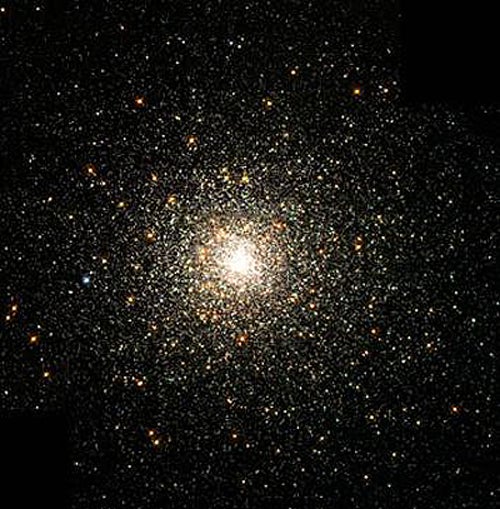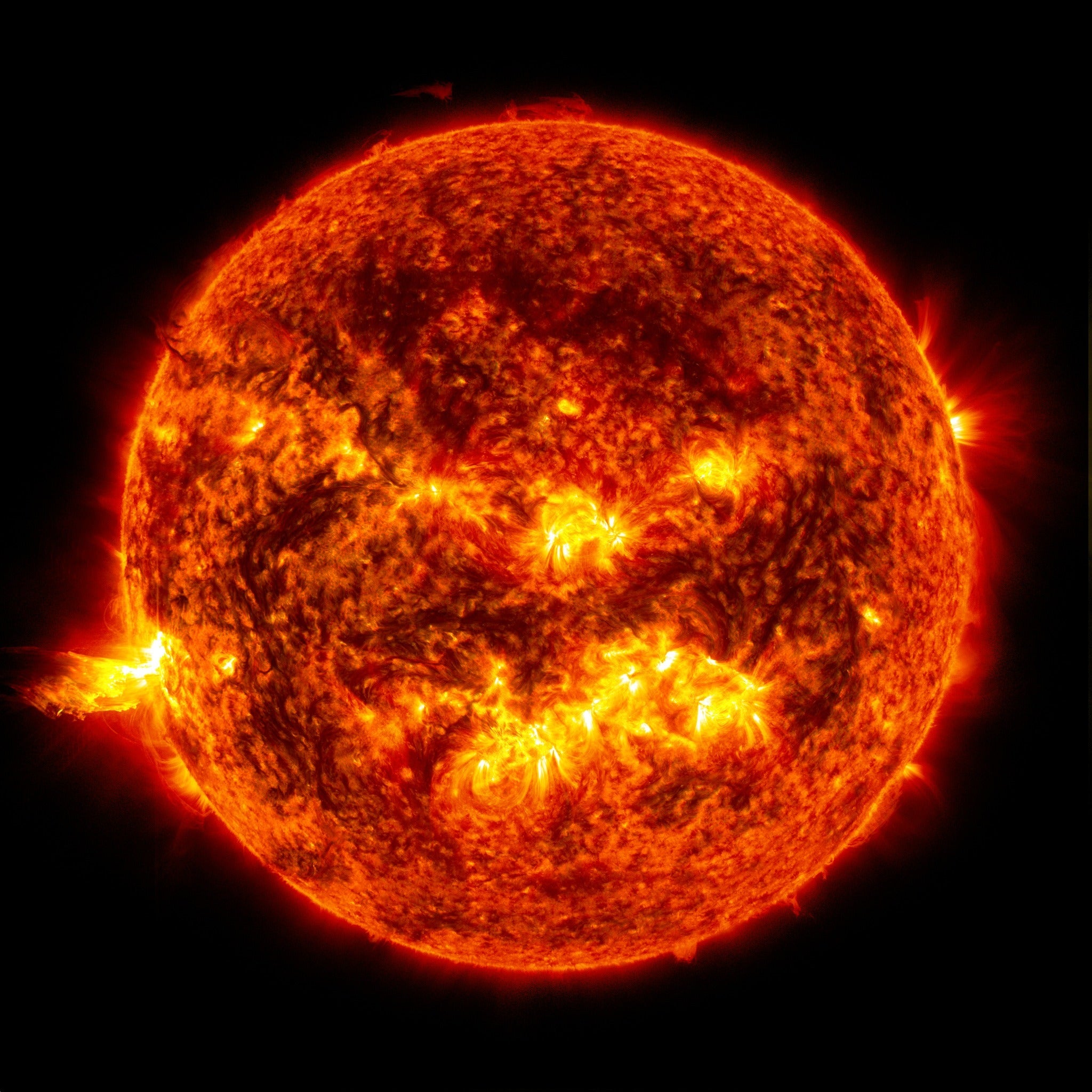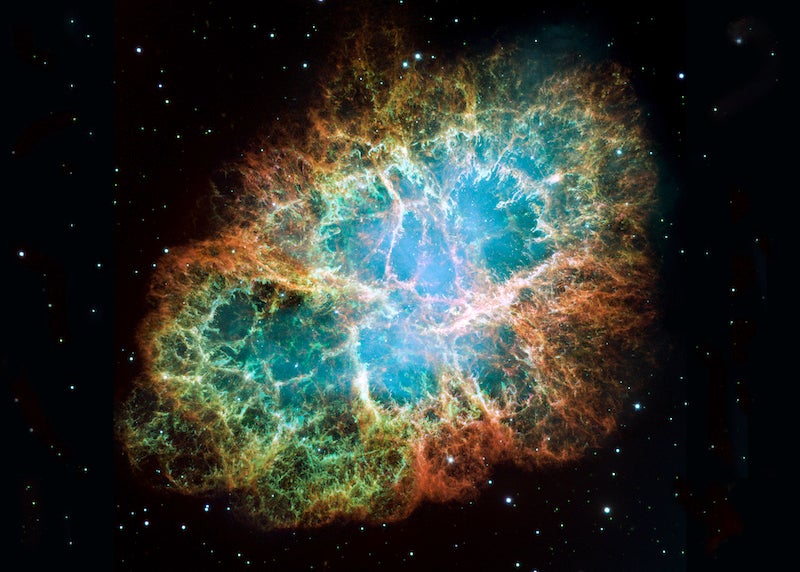
What keeps these clusters from collapsing is the angular momentum of the stars as they orbit the cluster’s center of mass. It’s the same physics that keeps the solar system from collapsing. However, globular clusters do evolve dynamically, albeit very slowly.
Given enough time, globular clusters will actually “evaporate.” As the stars orbit the center of the cluster, they interact with each other gravitationally, and some stars will get a little boost. One by one, they will gain enough kinetic energy to escape the cluster. As the stars are expelled, the total gravitational pull of the cluster decreases, and it becomes easier for other stars to escape. The evaporation process has a snowball effect.
This process also results in something called “mass segregation”: During these gravitational encounters, the more massive stars tend to migrate toward the center, and the lower mass stars migrate toward the outside or even leave the cluster.
Kelsey Johnson
University of Virginia, Charlottesville









